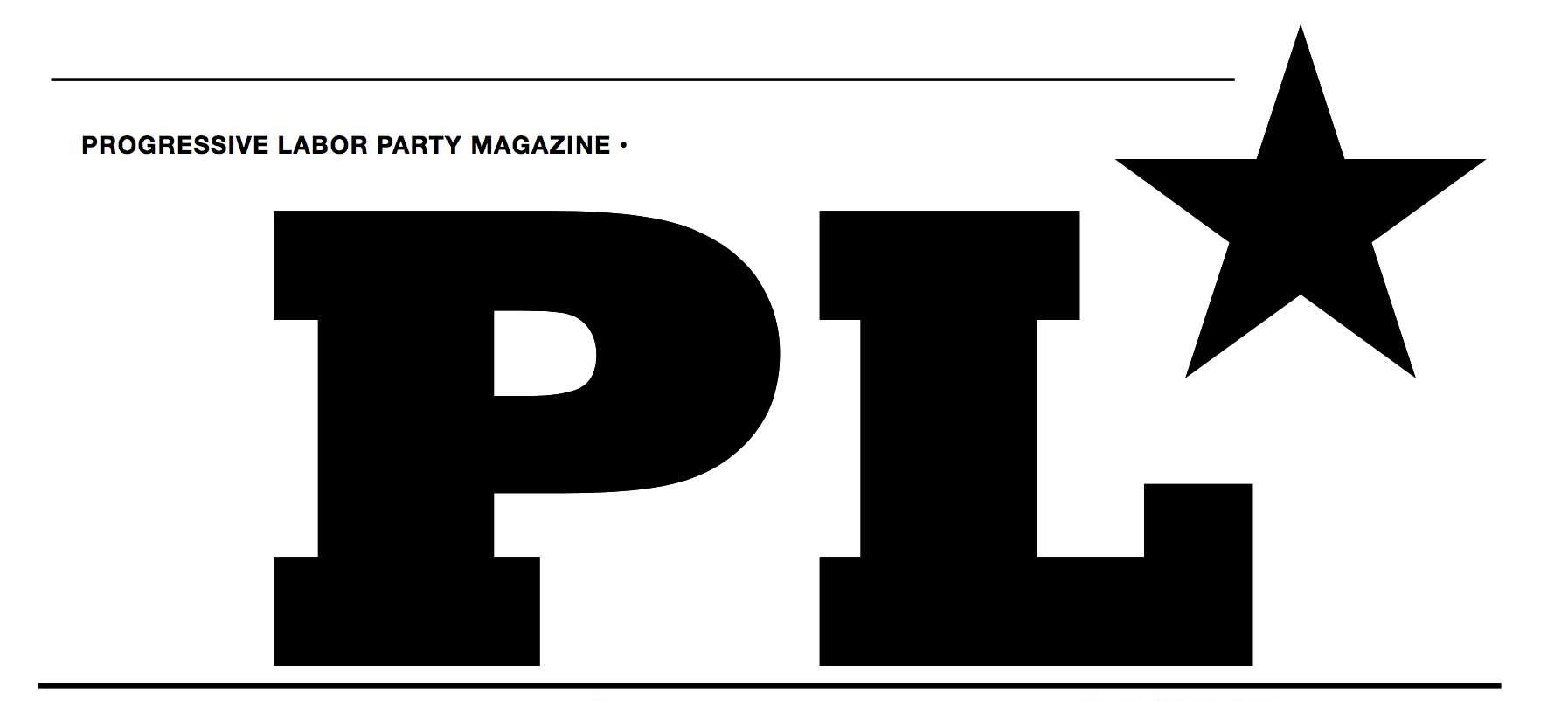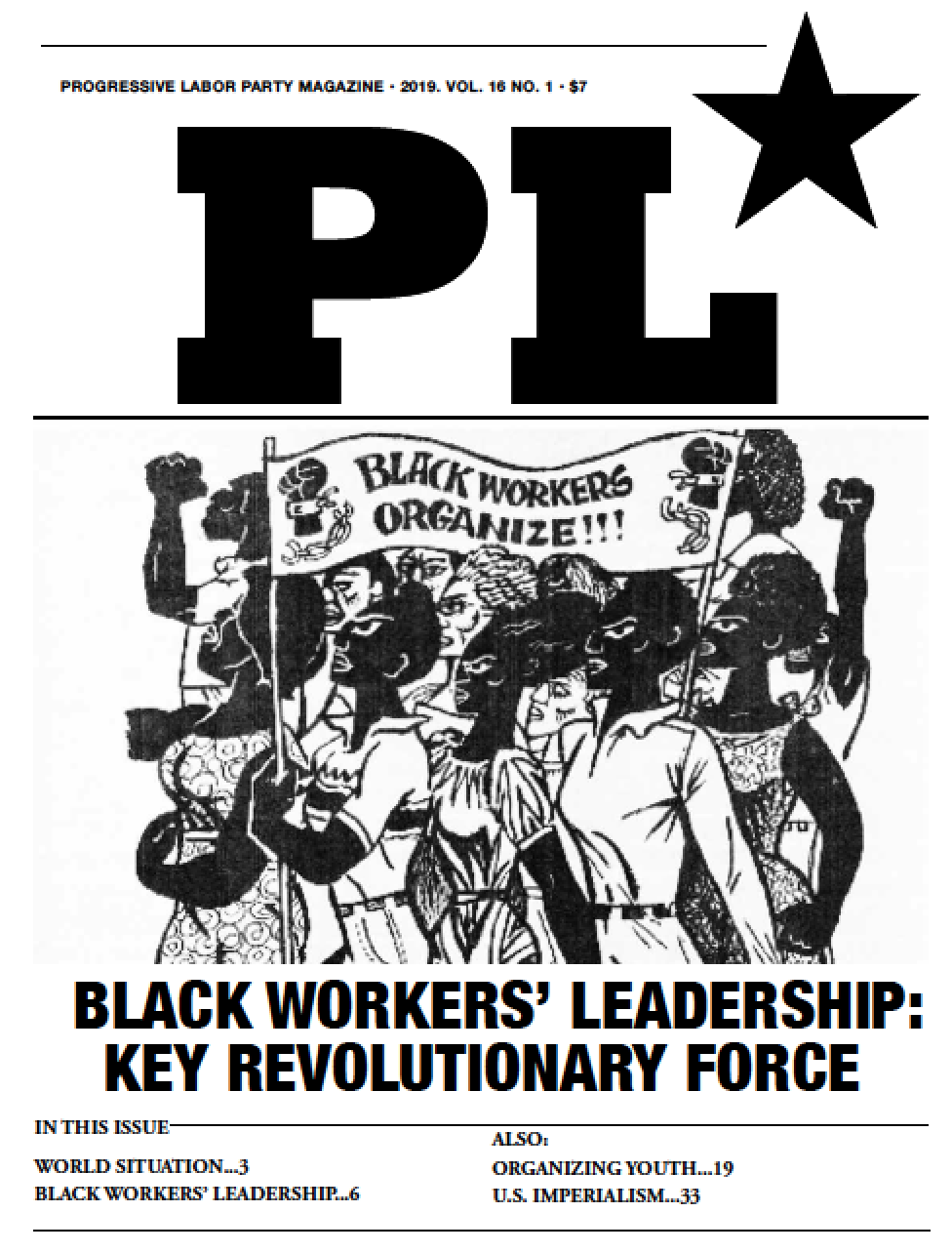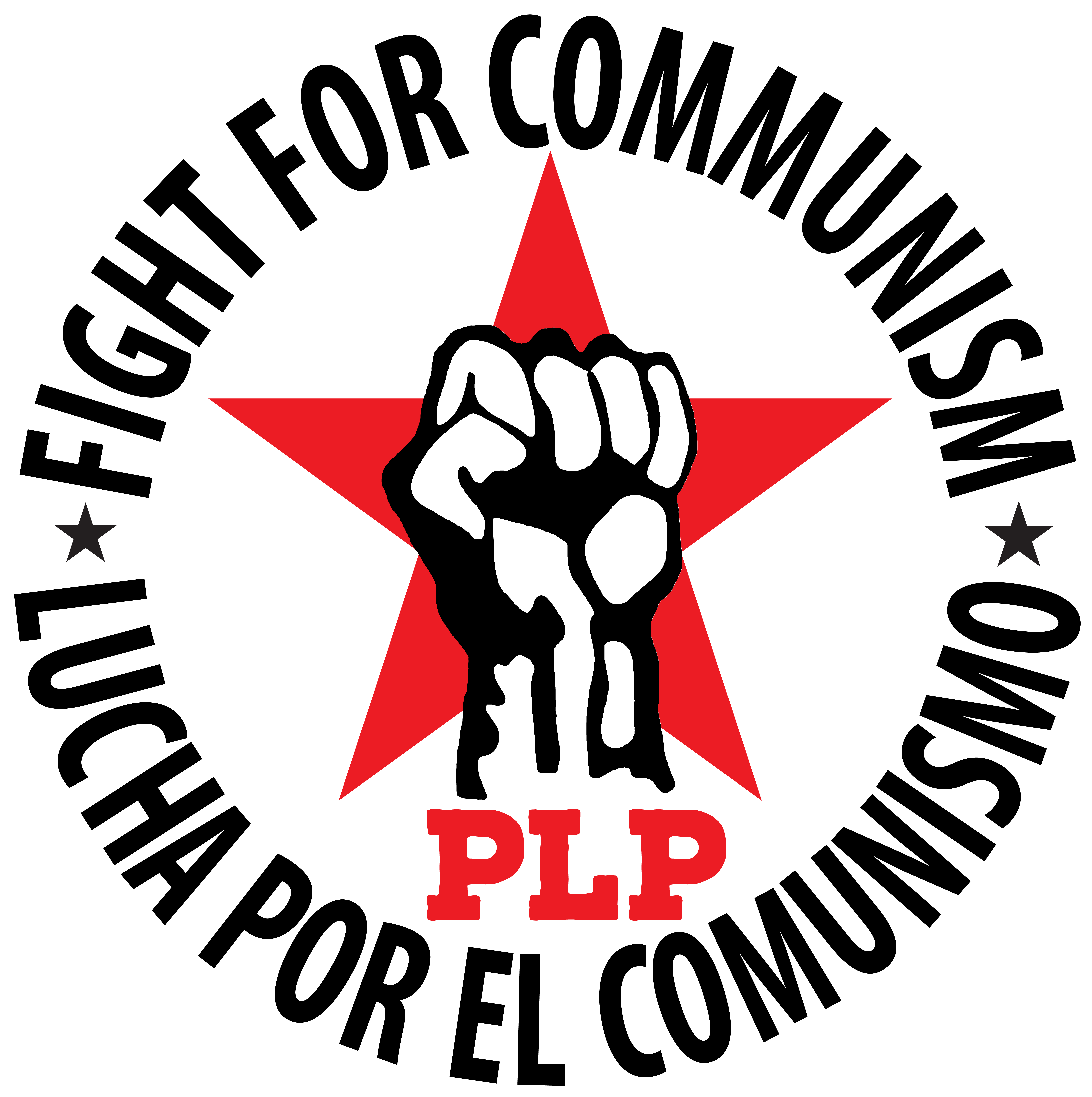Review: Agent Sonya, a communist hero
 Saturday, October 7, 2023 at 11:17AM
Saturday, October 7, 2023 at 11:17AM In Agent Sonya: Moscow’s Most Daring Wartime Spy, Ben Macintyre describes the evolution of this remarkable woman, Ursula Kuczynski, from an incipient revolutionary into a career as one of the most successful Soviet spies before, during, and after World War II.
“Agent Sonya” - a heroic communist
Kuczynski was a professional spy who ran agents and networks against the fascists in her own country, in Japanese-occupied China, in Poland, Switzerland, and then, during the Cold War period, in Great Britain. She eventually became a Red Army colonel and, among her other espionage successes, ran Klaus Fuchs, the German physicist who enabled the Soviet Union (USSR) to get the atomic bomb, thus breaking the United States imperialist’s monopoly on atomic weaponry.
Kuczynski was a lifelong fighter against fascism and she looked forward for a communist future. But she did not see that socialism was not the road to that communist future. That road means relying on the workers of the world to fight directly for communism. As we learn from the heroic struggles and also the mistakes of the communists that came before us, the Progressive Labor Party is organizing to rebuild a worldwide communist movement. The imperialist powers are organizing for world war to redivide the world. We must organize to turn that war between imperialists into a class war for workers power. That’s communism.
Capitalist crisis between world wars
After World War I the capitalist world was in crisis everywhere. Fascism was on the rise throughout Europe and Asia. The Great Depression of the 1930’s destroyed the lives of tens of millions of workers in the United States and in Europe. The Soviet Union was a beacon of hope but it was recovering from World War I and a civil war.
A wide gulf existed between the ultra-rich and everyone else. The Weimar Republic (Germany from 1919-1933) was characterized by mass unemployment, economic insecurity, and savage political conflict. In one year alone, 1918-1919, roughly 900,000 Germans died of hunger. In 1920, the Nazi Party was founded. A year later Adolf Hitler became its leader. On January 1, 1919, Rosa Luxemburg and Karl Liebknecht founded the German Communist Party. German communists were fighting fascists in the streets. Luxemburg and Liebknecht were captured and assassinated by right-wing German army officers.
In July, 1921 the Chinese Communist Party was organized in Shanghai. In 1927 a leader of the Nationalist Party of China, the Kuomintang (KMT), Chiang Kai-shek, broke with the communists. In one day, on April 12, 1927, KMT military forces allied with local criminal gangs, killed 5,000- 10,000 students and workers loyal to the communists.
The capitalist world after World War I, from Europe to Japan, was dominated by militarists, fascist heads of state, and their financial backers, all of whom espoused various forms of racism, anti-Semitism, xenophobia, jingoism, militarism, and imperial conquest.
But the communist movement was also growing. In the middle of World War I the Bolsheviks (communists) led the working class to power in what soon became the Soviet Union, the largest country in the world. They wanted to create an anti-racist society based on equality rather than on private property and profit. During the 1920s and early 1930s revolutionary communist movements in Germany, Hungary, Bulgaria, Greece, Italy, and China were battling the fascists for state power. The Comintern (Communist International) and the Soviet Union gave material and ideological support to these struggles.
Ursula joins the German Communist Party
Ursula Kuczynski entered this political and social cauldron. When she was sixteen she was beaten by the police in Berlin during a May Day demonstration, learning a lesson she would never forget: politics is at bottom a power struggle, most often decided by mortal combat. She joined the German Communist Party in 1924 at age 17.
During and after the Second World War she became a spy for the Soviet Union. Often suspected, she was never caught. In 1943 the Director of Soviet intelligence said this about her: “If we had five Sonyas in England, the war would be over sooner.” She died in Germany on July 7, 2000, age ninety-three. Her son, Peter, summed up his mother’s long life this way: “There were two important things to her, her children and the communist cause.”
Join the fight for communism now
Ursula Kuczynski was also called Ruth Werner, Ursula Beurton, Mrs. Burton, and Ursula Hamburger, but her most enduring name, her spy name, was Sonya. The book Agent Sonya is fascinating because it contextualizes how from the 1920s to her death nearly eighty years later, a young woman born into a rich family became a radical communist and never relinquished her commitment to fighting fascism and trying to bring a communist world into being. In February, 1950, she chose to live in socialist East Germany rather than England. She believed, however deeply flawed it was, East Germany was a more humane place than capitalist West Germany, where thanks to the Western Allies Nazi murderers remained in power.
But socialism, with unequal wages and private property, is just a minor inconvenience as it will always revert back to capitalism. Today Progressive Labor Party fights directly for communism where the working class rules all aspects of society to benefit workers everywhere. Join us.
Sources:
Ben Macintyre, Agent Sonya: Moscow’s Most Daring Wartime Spy. (Crown, 2020)





 Progressive Labor Party (PLP) fights to destroy capitalism and the dictatorship of the capitalist class. We organize workers, soldiers and youth into a revolutionary movement for communism.
Progressive Labor Party (PLP) fights to destroy capitalism and the dictatorship of the capitalist class. We organize workers, soldiers and youth into a revolutionary movement for communism.




Reader Comments